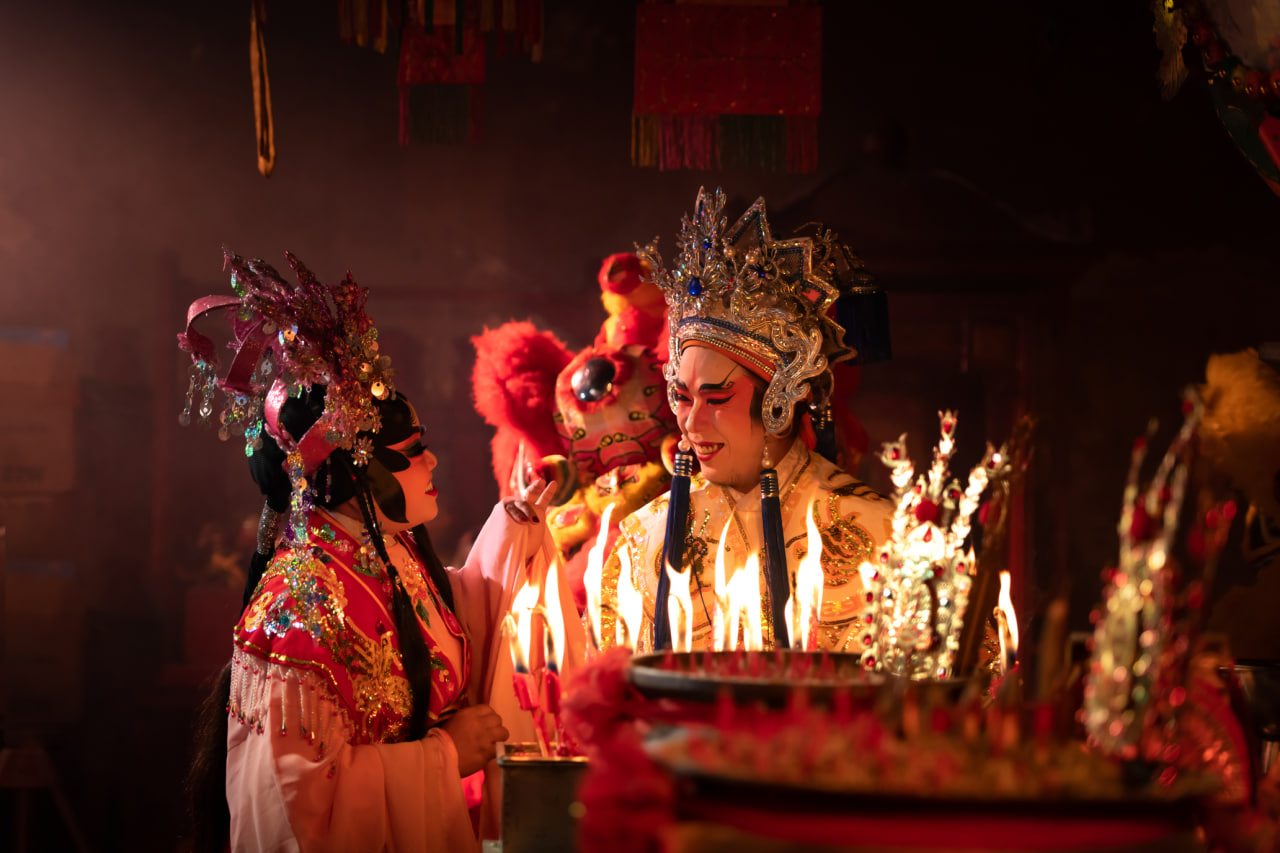The journey from a written script to a fully realized stage performance is one of the most fascinating aspects of theatre. Contemporary plays often challenge traditional storytelling methods, incorporate innovative structures, and explore complex themes, which requires both creativity and precision to bring them to life. Understanding the process from script to stage allows actors, directors, and theatre enthusiasts to appreciate the intricacies of performance and to craft productions that resonate deeply with audiences.
Interpreting the Script
The first step in bringing any contemporary play to life is understanding the script. Unlike classical works, modern plays may feature nonlinear narratives, experimental dialogue, or unconventional staging directions. Actors and directors must spend time reading, analyzing, and discussing the text to uncover character motivations, thematic layers, and underlying conflicts.
Interpreting the script is not about rigidly following the text but exploring its possibilities. Every word, pause, and stage direction offers insight into the world the playwright intends to create. This stage of exploration lays the foundation for meaningful, authentic performances.
Character Development and Exploration
Once the script is understood, the focus shifts to character development. Contemporary plays often feature multi-dimensional characters who face real-world dilemmas, moral ambiguity, and emotional complexity. Actors work to embody these characters fully, considering their backstory, personality, and relationships within the story.
Improvisation and rehearsal exercises can help actors explore different interpretations of a character, testing how they might react in various situations. By experimenting with tone, gesture, and interaction, performers can discover unique aspects of their roles that bring depth and authenticity to the stage.
Collaborative Rehearsal Process
The rehearsal room is where the script truly comes alive. Directors, actors, designers, and crew collaborate to refine the performance, balancing textual fidelity with artistic innovation. Contemporary plays often allow room for experimentation with movement, pacing, and staging, making rehearsal an iterative and creative process.
Collaboration is key. Designers for lighting, sound, costumes, and sets work alongside performers to ensure every element supports the story. Feedback is shared continuously, adjustments are made, and the production gradually evolves from abstract ideas into a cohesive performance.
Staging and Visual Storytelling
In contemporary theatre, staging is more than positioning actors on a stage—it is a vital storytelling tool. Set design, lighting, and props create atmosphere, guide audience focus, and reinforce themes. Minimalist stages, symbolic props, and dynamic lighting shifts are common in modern productions, providing opportunities for directors to interpret the text visually.
Movement and blocking are also essential. How actors navigate the space, interact with one another, and engage the audience all contribute to the story. Thoughtful staging ensures that the narrative is clear, emotionally compelling, and visually engaging.
Integrating Music, Sound, and Multimedia
Modern plays frequently incorporate music, sound effects, and multimedia elements to enhance the audience experience. These elements can underscore emotion, highlight tension, or provide context for the narrative. Coordinating these elements requires careful planning and collaboration between technical staff and performers, ensuring that every addition supports rather than distracts from the story.
From Rehearsal to Performance
The final transition from rehearsal to live performance is both exciting and challenging. Actors must balance technical precision with emotional authenticity, remembering that each performance is unique. Contemporary plays often involve moments of unpredictability, audience interaction, or improvisational elements, requiring performers to remain present and responsive.
Opening night is not the end of the process but the beginning of the play’s life in front of an audience. Each performance adds new energy, insights, and nuances, keeping the production fresh and evolving.
The Role of Reflection and Feedback
After performances, reflection and feedback are essential. Cast and crew analyze what worked, what could be improved, and how audiences responded. Contemporary theatre thrives on innovation and experimentation, so understanding the impact of creative choices helps improve future productions and nurtures continuous artistic growth.

